In This Article
Dreaming of turquoise waters, ancient ruins, and Mediterranean magic? Visit Sardinia! This stunning Italian island in the heart of the Mediterranean is known for its crystal-clear beaches, rugged mountains, rich culture, and unique cuisine. From luxurious resorts to wild hiking trails, Sardinia offers unforgettable adventures for every kind of traveler.
When I like to visit
The best time to visit Sardinia is during the late spring and early fall (May–June and September–October). You'll enjoy warm weather, swimmable seas, and fewer tourists. July and August are peak season with high temperatures and crowded beaches, while winter is quiet and ideal for cultural exploration.
Tips for getting There
- By Plane: Sardinia has three main airports—Cagliari Elmas (CAG), Olbia Costa Smeralda (OLB), and Alghero Fertilia (AHO)—with flights from major Italian and European cities.
- By Ferry: Regular ferries run from mainland Italy (Genoa, Civitavecchia, Livorno, Naples) and Corsica to Sardinia’s ports (Cagliari, Olbia, Porto Torres, and Arbatax).
- By Car: Renting a car is highly recommended for exploring the island’s diverse terrain and hidden beaches.
Where I like to stay
- Costa Smeralda (Northeast) – Luxurious resorts and glamorous beaches, ideal for upscale escapes.
- Alghero (Northwest) – Historic charm, Catalan influences, and beautiful coastal views.
- Cagliari (South) – Vibrant capital city with a mix of culture, food, and beach access.
- Orosei or Cala Gonone (East Coast) – Base for adventurers wanting to explore caves and coastal hikes.
Top Attractions
1. Step Into Prehistoric Mysteries at a Nuraghe Site

© MIGUEL GARCIA SAAVED/stock.adobe.com
The Nuragic culture dates back to the Bronze Age and has left behind several examples of its distinctive architecture all over the island. An entire prehistoric village
Nuraghe was discovered in northern Sardinia. The remnants of more than 90 buildings, established between 1300 and 800 BC were found in a five hectare area in the Oopichera Village. The most striking feature of the village is a 6m high megalithic tower, flanked by two side towers. Each stone is individually shaped and perfectly curved to form the structures. There is a pass available entitling visitors to seven such sites in the Arzachena district.
Località Capichera, 1, 07021 Arzachena OT, Phone: +39-39-38-97-55-28
2. Climb for Coastal Views at Capo d’Orso (Bear Rock)
_158330.jpg)
© Salvatore/stock.adobe.com
This iconic rock, near Palau and Capo d’Orso, in the north of the island, was first mentioned in the 2nd century. The natural rock formation is a block of granite that has been eroded, from the bottom up, by wind, water and salt. It is perched at the top of a 120 m hill and has frightened sailors through the millennia. The rock can be reached via a 5km long dirt path or by a car ride and shorter walk. From the top of the hill, there are panoramic views of the Maddalena archipelago, the inland hills and the Capo d'Orso fortress and harbor.
3. Explore a Hero’s Legacy at the Garibaldi Museum
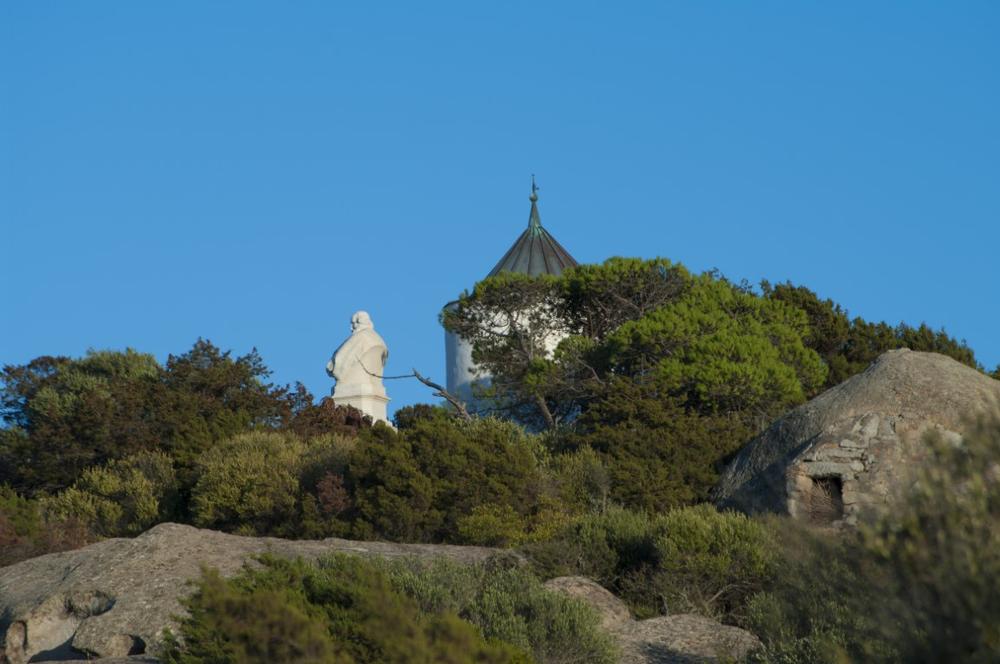
© giocult/stock.adobe.com
Garibaldi Museum
is located on the island of Caprera, in the Maddalena archipelago, and is reached via a ferry from Palau. Guiseppe Garibaldi (1807 – 1882) is known as the 'Hero of Two Worlds'. He was an Italian nationalist and recognized for his contribution towards the unification of Italy and the creation of the Kingdom of Italy. Garibaldi was also an international statesman, attributed with helping to gain the independence of Uruguay. He lived a simple, frugal life on Caprera for 25 years, cultivating his orchard and vineyard. The housing complex where he resided is now a museum and is open to the public.
Isola Caprera, 07024 La Maddalena SS, Phone: +39-07-89-72-71-62
4. Discover Ancient Artifacts at the Olbia Museo Archeologico
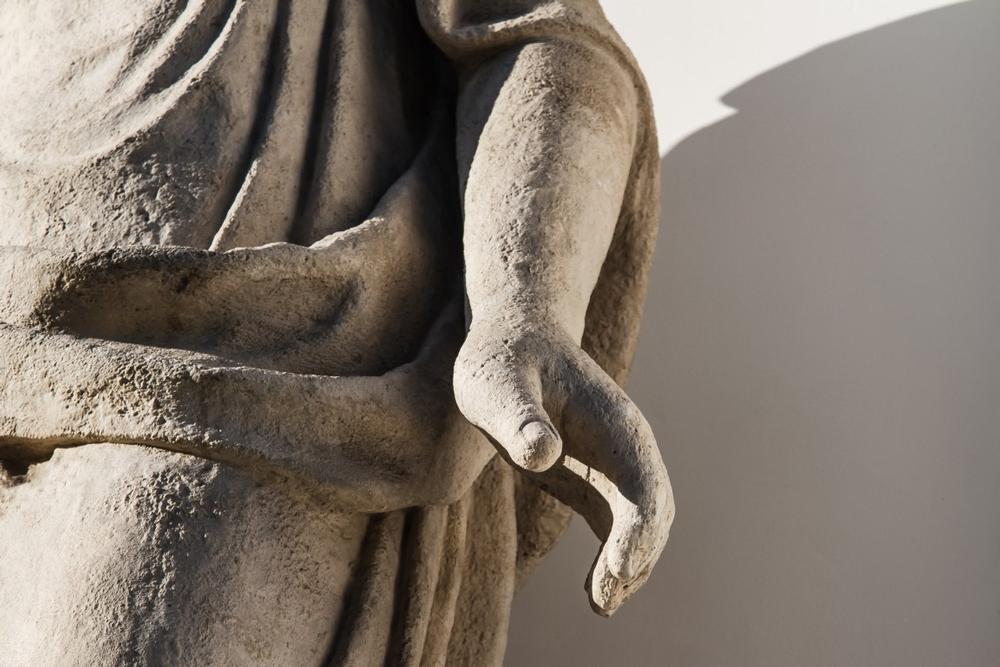
© Nbaturo/stock.adobe.com
The museum of archaeology Olbia Museo Archeologico is situated on a small island of Isola Peddone, in the port city of Olbia, in north eastern Sardinia. It chronicles the island's history from prehistoric times to the 19th century. The museum is built like a ship in port with portholes and suspended walkways. There are two levels. On the ground floor there is a model of the harbor as it was in the 2nd century, reconstructions of two laden cargo ships, as well as masts and rudders from actual ships. The upper level contains exhibits of Nuragic, Phoenician, Greek, Byzantine, Carthaginian and Roman influences on the island.
Via Isola Peddone, 07026 Olbia OT, Italy, Phone: +39-0-78-92-82-90
5. Marvel at Megalithic Tombs at the Giants' Grave
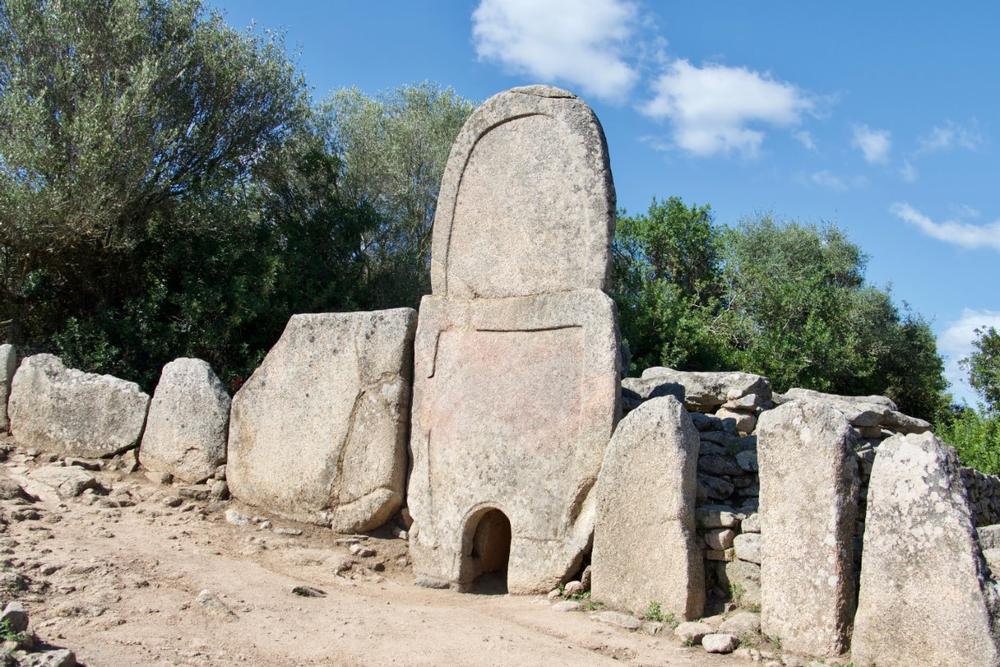
© Afonso/stock.adobe.com
Examples of Giants' Grave, similar to those in Sardinia, have also been found in Malta, Menorca and the United Kingdom. More than 300 sites have been discovered on the island, many of them closely guarded secrets. There are various types and examples, from different eras, all dating back to the megalithic Nuragic age. Several appear to be laid out like bulls horns and are astronomically oriented toward the constellation of Taurus. They are constructed like dry stone walls from large interlocking carved blocks of stone, weighing tons. In 1953, two 8 foot skeletons were found in Porto Torres, fueling speculation that these structures were giants' graves.
Activities and Attractions for Couples:
6. Venture Underground into Neptune's Grotto by the Sea
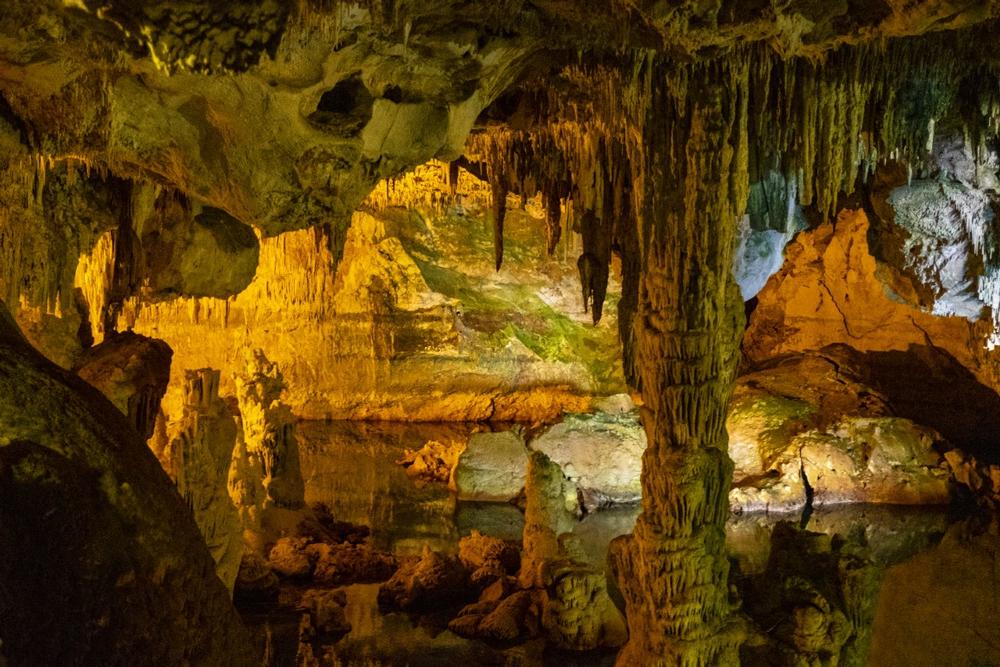
© Art Media Factory/stock.adobe.com
One of the largest networks of underground caves in Italy is found 24 km from Alghero, in northwestern Sardinia. Neptune’s Grotto caves were discovered by fishermen in the 18th century. The original entrance is a meter above sea level and is accessible only at low tide. Entry has been gained from the cliff above, via 654 steps carved into the rock. Several chambers, such as the Great Organ, the Lace Room and the Music Stand, feature stalactites, stalagmites and rock column formations. At 9m below sea level there is a large underground lake with white sandy beaches. The site is also accessed by ferries from Alghero, which run hourly in season.
7. Admire Romanesque Beauty at the Basilica di Saccargia
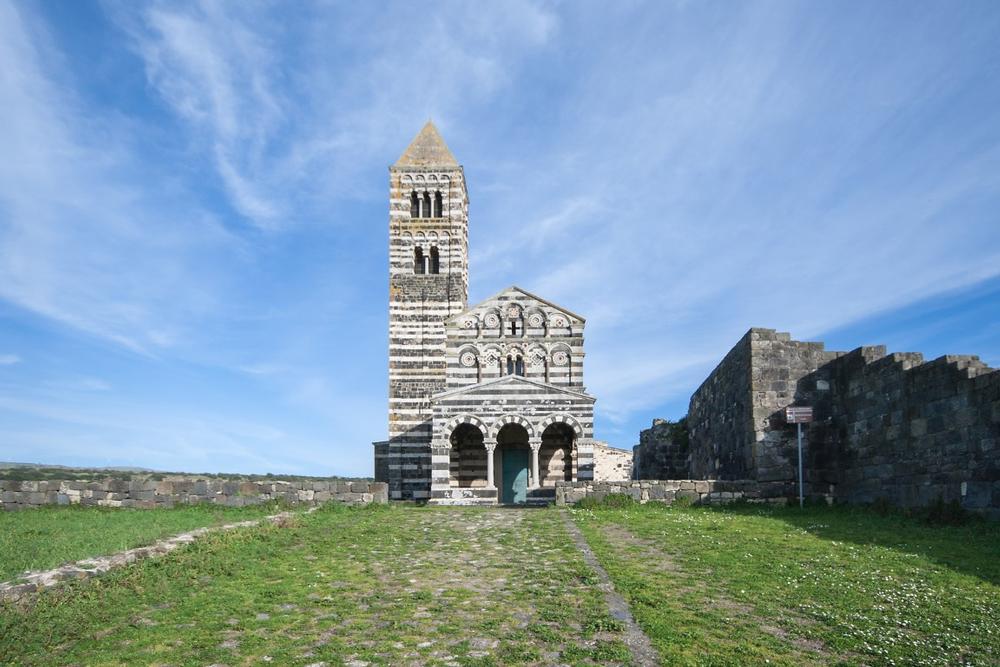
© gianluigibec/stock.adobe.com
This striking black and white striped edifice is situated in the northwest of the island. The limestone and basalt Basilica di Saccargia was built on the ruins of a monastery in the 12th century and is one Sardinia's most important Romanesque sites. The basilica was abandoned in the 16th century but restored in the 20th and is currently a functioning Roman Catholic church. Its visually striking, tall tower dominates the surrounding grass landscape, said to be the home of religious cults since prehistoric times. The interior frescoes were done by artists from Umbria-Lazio and are the only Romanesque examples on the island.
07040 Codrongianos, Province of Sassari, Phone: +39-34-70-00-78-82
8. Hike One of Europe’s Deepest Canyons in Su Gorroppu Gorge
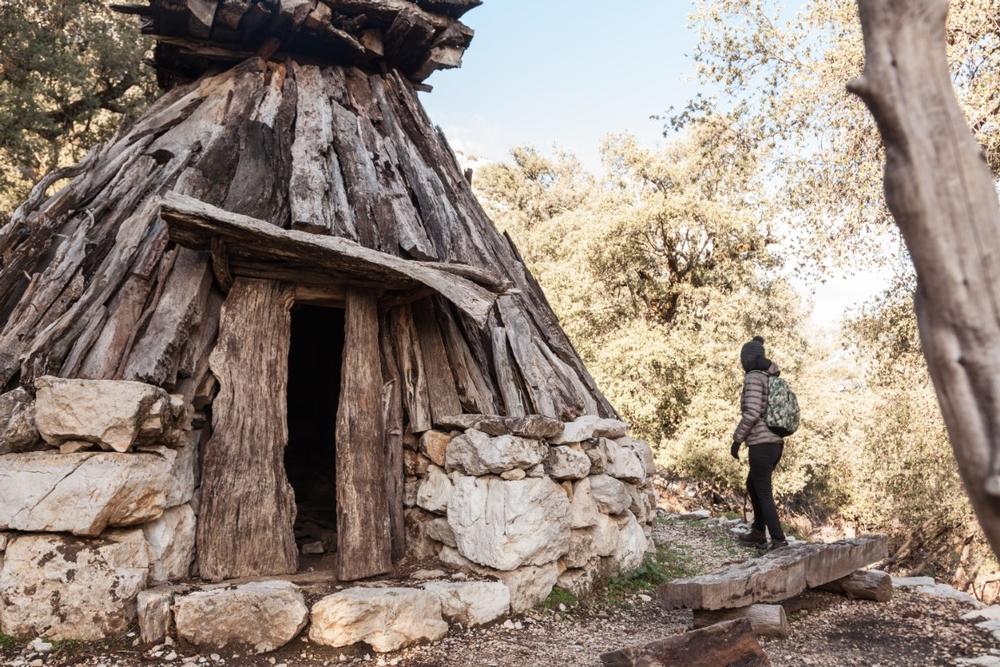
© Alessandro/stock.adobe.com
Su Gorroppu Gorge, in the center of the island, is one of the deepest and most spectacular canyons in Europe. Hikes are considered to be easy going and can be done with or without a guide. The easiest route takes approximately four hours and is suitable for dogs and family groups. The panoramic route is slightly more challenging and will take five hours. Dogs are allowed. The expert route needs to be tackled with equipment. A base camp, with an information center and eatery, is situated at 830 m above sea level and provides the easiest access to the gorge.
SS 125 Km 190.500, Phone: +39-32-88-97-65-63
9. Explore Ancient Stalactites in the Grotto di Ispinigoli
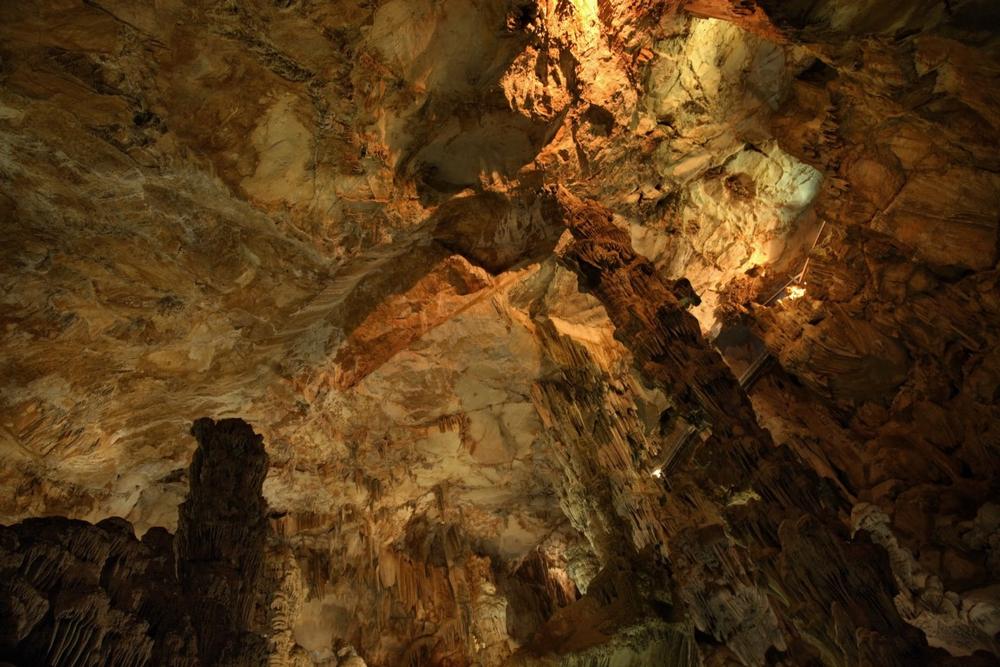
© Andrey Shevchenko/stock.adobe.com
The gigantic karst cavern Grotto di Ispinigoli is located near the east coast in central Sardinia. It was discovered and explored in the 1950s and opened to the public in 1974. More than 40000 people visit each year. The centerpiece is a 38m high limestone column which is the highest in the world. There are underground streams and three cave systems, totaling 17 km. The three entrances are at different heights and create airflows that maintain the temperature at a constant 16-17 degrees, Centigrade. Archaeological exploration has revealed fossils, human and animal bones and jewelry from various cultures through the ages.
Località Ispinigoli, 08022 Dorgali NU, Phone: +39-34-94-42-55-52
10. Uncover Sardinia’s Carnival Spirit at the Mamoiada Masks Museum
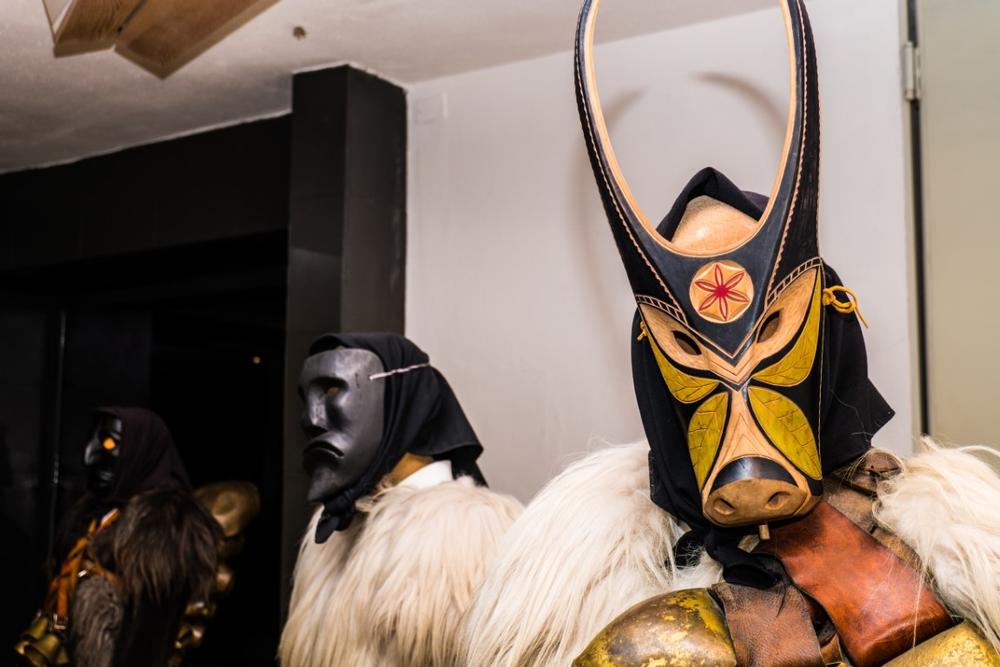
© Gengis90/stock.adobe.com
The Mamoiada Masks Museum showcases the masks and myths of an age old ritual that is performed annually in the center of the island. Mamuthones, disguised by black wooden masks and dressed in dark sheepskins with 60 pounds of cowbells attached to their backs, march through Mamoiada. They are led by Issahadores, dressed in bright red cloaks and white masks. Each year, from January to Shrove Tuesday, the practice is carried out by the shepherds and farmers of the area in the hopes of influencing the agrarian year by warding off evil spirits. The international MaMu Mask festival is held at the end of June each year.
Piazza Europa, 15, 08024 Mamoiada NU, Phone: +39-07-84-56-90-18
Must-see if you are a first-time visitor:
- Costa Smeralda – Glamorous beaches and chic towns like Porto Cervo and Baia Sardinia.
- La Pelosa Beach (Stintino) – One of the most stunning beaches in Europe with shallow, clear waters.
- Su Nuraxi di Barumini – UNESCO-listed Bronze Age nuraghe (stone tower complex) in the island’s interior.
- Gola Su Gorropu – One of Europe’s deepest canyons, perfect for challenging hikes and nature lovers.
Where I Like to Eat
- Su Cumbidu (Cagliari) – Traditional Sardinian food including roast suckling pig (porceddu) and malloreddus pasta.
- Agriturismo Experiences – Dine in the countryside with homemade dishes and local wine in rustic settings.
- Lu Stazzu (Olbia) – Local favorite serving Gallurese specialties like zuppa gallurese (bread and cheese casserole).
My favorite local events:
- Sant’Efisio Festival (Cagliari) (May) – A colorful religious procession with traditional dress, horses, and floats.
- Time in Jazz Festival (Berchidda) (August) – International jazz music in hilltop villages and olive groves.
- Autunno in Barbagia (Fall) – A seasonal festival series celebrating Sardinian mountain village life, crafts, and cuisine.
My favorite day trips within 30–60 Minutes:
- Archipelago of La Maddalena – Take a boat trip to explore stunning uninhabited islands and hidden coves.
- Tharros – Visit ancient Phoenician and Roman ruins by the sea near Oristano.
- Castelsardo – A colorful medieval town perched on cliffs with artisan shops and sea views.
- Bosa – Stroll along a pastel riverside town known for its wines, castle, and relaxed pace.
- Monte Ortobene (Nuoro) – Hike or drive to the summit for panoramic views and a towering bronze Christ statue.
Plan Your Trip




_158330.jpg)







